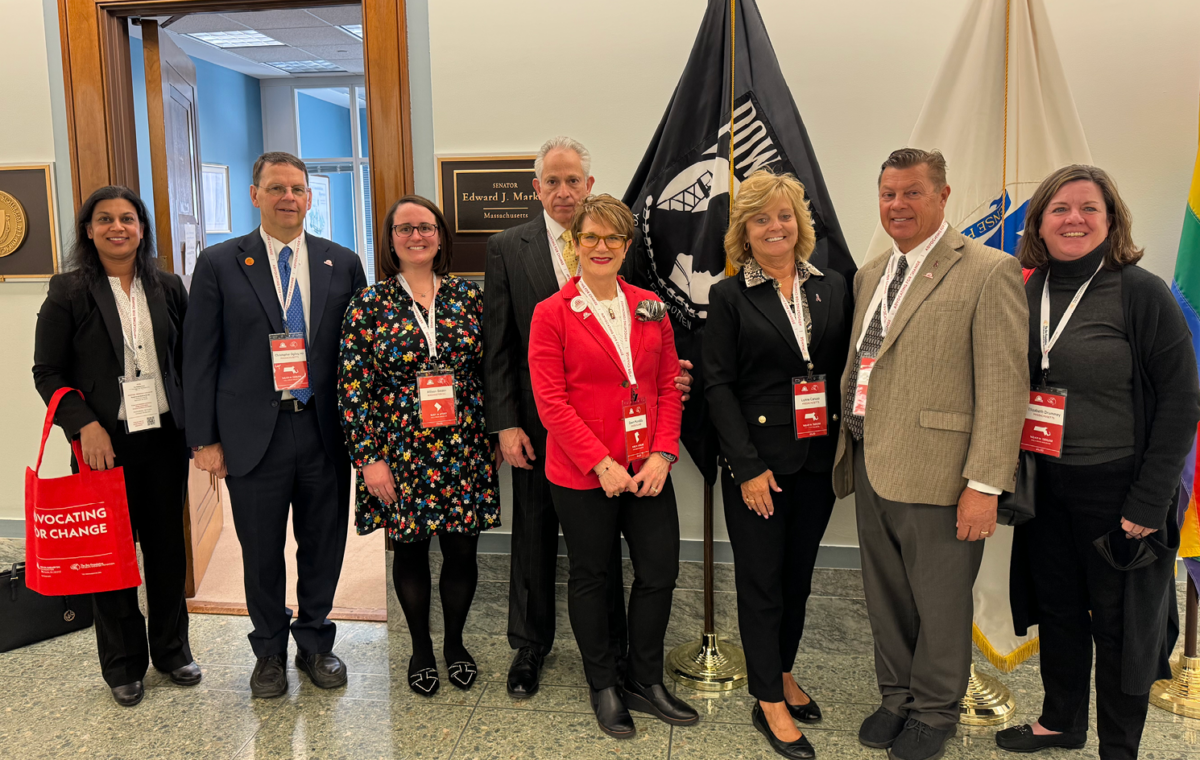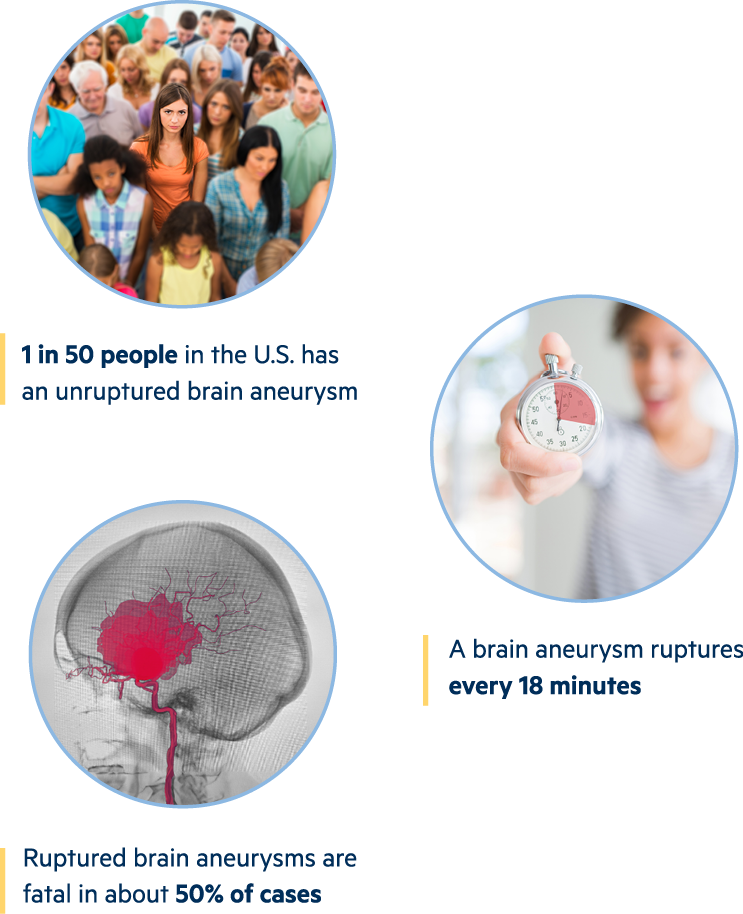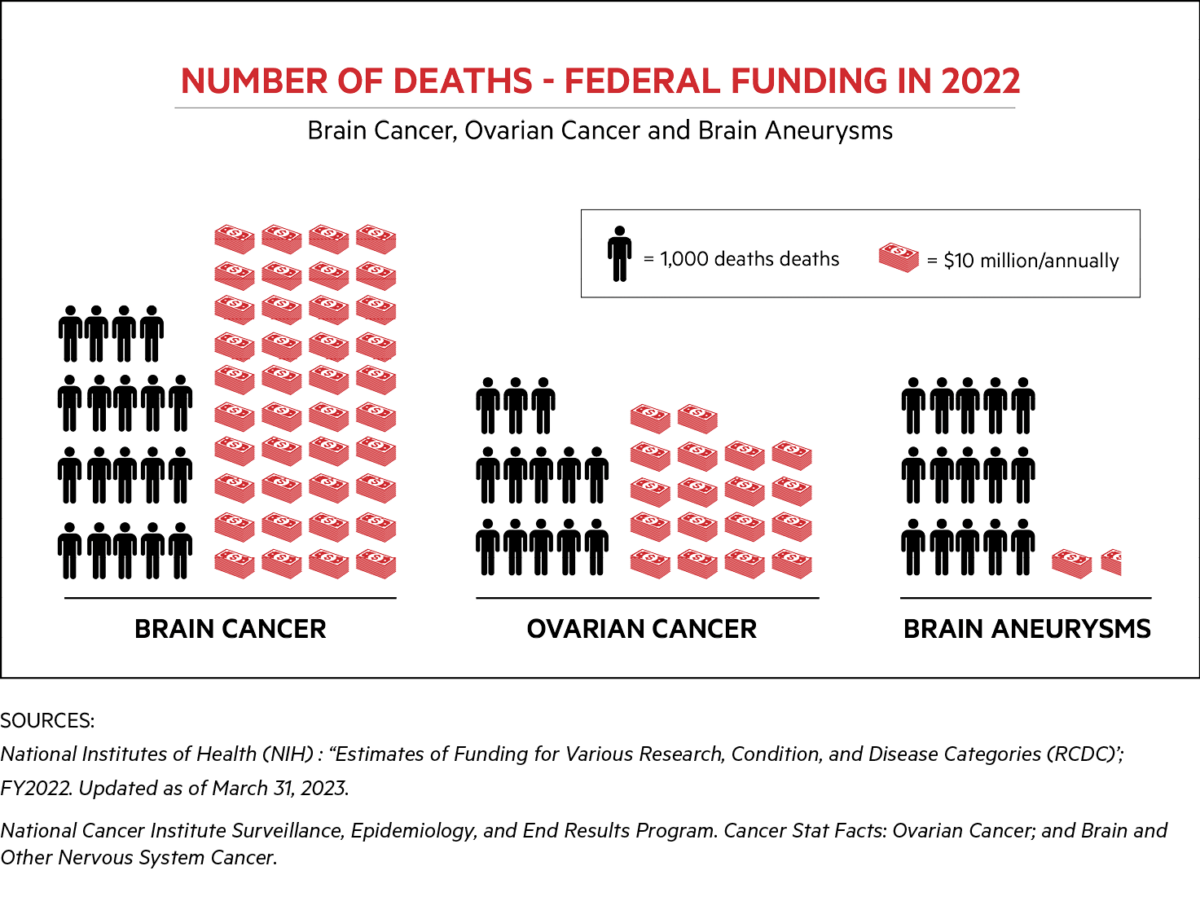Why Advocacy for Brain Aneurysm Research Matters

Each year, millions of people around the world face the devastating consequences of brain aneurysms. These silent threats often remain undetected until they rupture, leading to life-altering disabilities or even death. Despite their prevalence, brain aneurysms receive significantly less research funding and public attention compared to other neurological conditions. Advocacy for brain aneurysm research is not just a cause; it is a lifeline for countless individuals and families. Here’s why this advocacy is critical.

The Scope of the Problem
A brain aneurysm occurs when a blood vessel in the brain becomes weak and bulges. While some aneurysms remain stable and undetected, others rupture, leading to a hemorrhagic stroke. According to statistics:
- Approximately 6.8 million people in the United States have an unruptured brain aneurysm – or 1 in 50 people.
- Every 18 minutes, someone in the U.S. suffers a brain aneurysm rupture.
- The mortality rate for ruptured aneurysms is around 50%, and of those who survive, two-thirds suffer permanent neurological deficits.
These figures underline the need for greater investment in early detection, prevention, and treatment strategies.
Underfunded and Overlooked
Despite these alarming statistics, federal funding for brain aneurysm research has been disproportionately low compared to other neurological disorders. Conditions like Alzheimer’s disease and stroke understandably attract significant funding and public interest, but brain aneurysms often fall by the wayside. This lack of resources hinders advancements in diagnostic tools and comprehensive post-recovery care.
For comparison, while brain cancer research receives billions of dollars annually, brain aneurysm research often relies on small grants and grassroots fundraising efforts. Advocacy aims to bridge this gap by raising awareness and pushing for equitable funding.

The Brain Aneurysm Foundation established Ellie’s Law, a bipartisan bill which honors five females who passed away as a result of a brain aneurysm, one of which was 14-year-old Ellie Helton. This law would provide the first ongoing dedicated research funding stream for breakthroughs in preventing potentially fatal brain aneurysms from rupturing and improving the long-term medical consequences and quality of life issues for aneurysm survivors.
Please look below to learn how you can join us on Capitol Hill this year to support Ellie’s Law and advocate for increased research funding and brain aneurysm awareness.
The Potential for Change
Advocacy has the power to transform the landscape of brain aneurysm research in several ways:
- Raising Awareness: Public education campaigns can help individuals recognize risk factors such as high blood pressure, smoking, and a family history of aneurysms. Early awareness can lead to preventive measures and timely medical intervention.
- Increasing Funding: By mobilizing communities and influencing policymakers, advocates can direct more government and private funding toward research initiatives.
- Encouraging Innovation: With increased funding, researchers can explore cutting-edge technologies, such as artificial intelligence for imaging analysis, genetic testing for susceptibility, and advanced surgical techniques.
- Supporting Survivors: Advocacy efforts also extend to improving the quality of life for survivors by advocating for better rehabilitation programs, mental health support, and community resources.
Stories of Hope
Behind every statistic is a personal story. Advocacy gives a voice to survivors, caregivers, and families who have been impacted by brain aneurysms. These stories humanize the issue, inspiring action and fostering a sense of urgency.
BAF Board Member, Sarah Houlton recounts her experience with an aneurysm rupture in December 2014. Initially, she felt an instantaneous bad headache, in which she was diagnosed with a stiff neck. However, her condition worsened, preventing her from boarding a flight to London — a turn of events that ultimately saved her life. Sarah highlights the critical need for raising awareness and advocacy for aneurysms, as many people are unaware of their symptoms.
Whether you have been personally affected or simply want to make a difference, there are many ways to support advocacy for brain aneurysm research:
- Support the fight against brain aneurysms—donate to the Brain Aneurysm Foundation today to fuel groundbreaking research and provide life-changing support for survivors.
- Participate in awareness events like walks, runs, or golf tournaments.
- Share information on social media to spread awareness. Facebook, Instagram, X, LinkedIn
- Advocate by joining us by contacting your local representatives to emphasize the need for research funding, or by joining us for our annual Advocacy Day on Capitol Hill.
Deadline to register for Advocacy Day is March 31, 2025 at 5 pm.
Conclusion
Brain aneurysm research has the potential to save lives, but it requires a collective effort. Advocacy ensures that these silent killers are no longer overlooked. By supporting research and raising awareness, we can improve outcomes, provide hope to survivors, and honor the memory of those lost. Together, we can make a difference in the fight against brain aneurysms.


 Brain Aneurysm Foundation
Brain Aneurysm Foundation